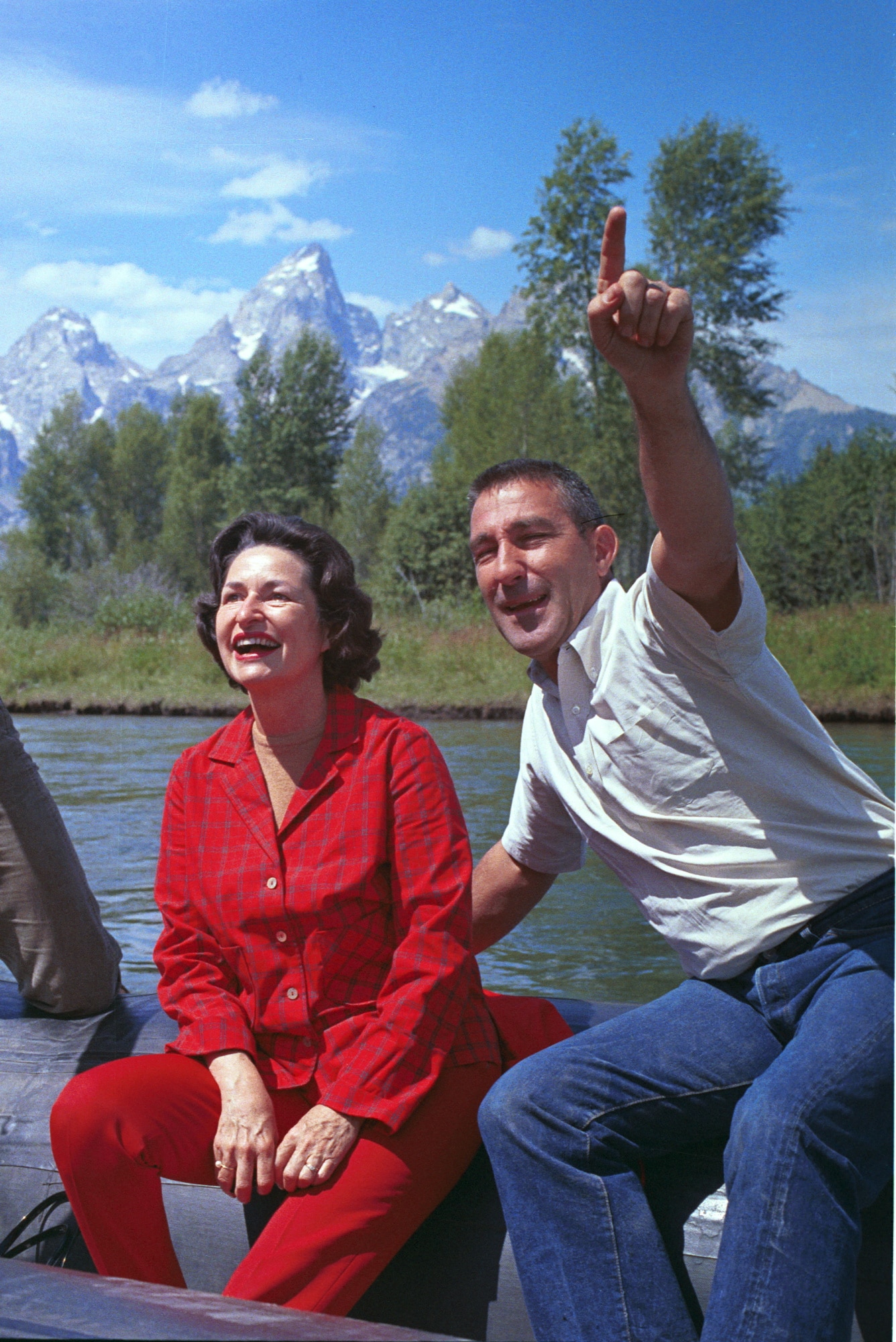
Article Summary: The Environmental First Lady
The Environmental First Lady. More Than Just Parks is proud to celebrate the life and legacy of one of America’s most consequential first ladies – Lady Bird Johnson. When it comes to issues relating to conservation and the environment, Lady Bird Johnson was America’s Environmental First Lady.
Why does this matter today? Sea levels are rising and oceans are becoming warmer. Longer, more intense droughts threaten crops, wildlife and freshwater supplies. From polar bears in the Arctic to marine turtles off the coast of Africa, our planet’s diversity of life is at risk from the changing climate.
Extraordinary heat waves are sending temperatures soaring into uncharted territory in Europe and the United States setting ghastly new benchmarks.
As we enter dangerous uncharted territory, More Just Parks takes a look back at a woman who pushed the boundaries of what had been, until then, a largely ceremonial role.
She was the first, and thus far the only, First Lady of the United States to champion conservation and the environment. In doing so, she became one of the most consequential figures in the emerging Environmental Movement. She is part of More Than Just Parks Environmental Heroes Series.

The Environmental First Lady
Claudia Alta Taylor
Lady Bird Johnson, born Claudia Alta Taylor on December 22, 1912, near Karnack, Texas, received her nickname “Lady Bird” as a child. It became the name by which she was known and loved throughout America.
Raised by her father, her aunt, and family servants after her mother’s early death, she learned about the business world from her prosperous father and developed a love for classical literature. Lady Bird excelled academically and attended the University of Texas, where she earned bachelor’s degrees in arts and journalism.
In 1934, Lady Bird met Lyndon Baines Johnson, a Congressional secretary visiting Austin. They quickly fell in love. They were married in November of the same year.
Throughout Lyndon Johnson’s political career, Lady Bird was his devoted partner, confidante, and helpmate. She played an active role in supporting him during World War II, keeping his Congressional office running. She also assisted his staff when he suffered a severe heart attack in 1955.
In 1960, Johnson was selected by Massachusetts Senator John F. Kennedy to serve as his running mate. The ticket of Kennedy & Johnson would go on to victory in November.
In 1963, tragedy struck when President John F. Kennedy was assassinated, thrusting Lyndon B. Johnson into the presidency. She assumed the role of First Lady, a position Lady Bird embraced with grace and purpose.

Lady Bird Johnson’s Campaign For Beauty
The role of the First Lady varies depending on the individual and their interests, as there is no official job description or set of responsibilities. In the case of Lady Bird, she took a path that had never been taken by any of her predecessors.
She was passionate about preserving and enhancing the beauty of America’s natural landscapes and urban areas. Lady Bird Johnson initiated the “Beautification Program,” which aimed to clean up and beautify highways, cities, and public spaces.
This effort included planting wildflowers along highways, promoting tree planting, and encouraging community beautification projects.
As Dee Hoffman writes in Lady Bird Johnson, The Environmental First Lady, “Through her efforts to clean up first the Nation’s Capital and later the nation’s highways and byways, Lady Bird legitimized environmental issues and made them a national priority.”
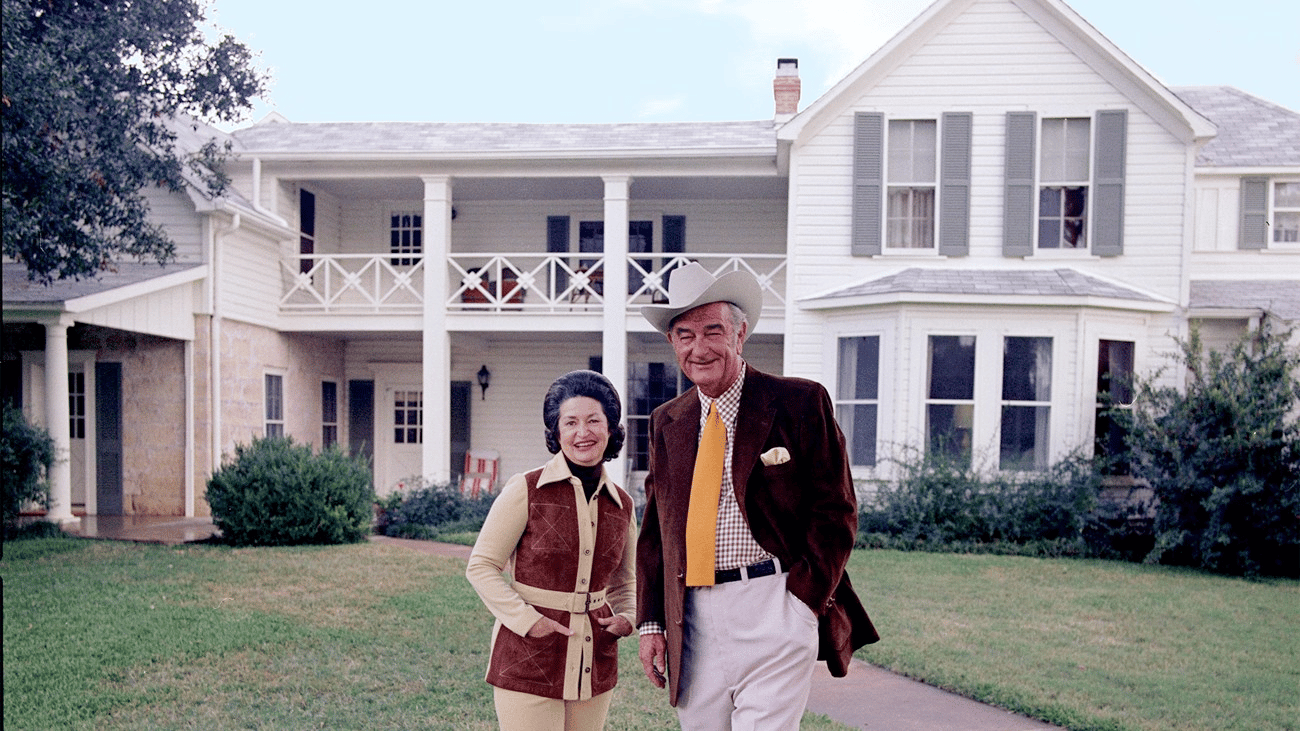
The Environmental First Lady
The First Lady’s Highway Beautification Act
Lady Bird’s efforts to beautify America would move her into the political arena.
As author and historian Lewis Gould notes, “She (Lady Bird) had driven yearly from Texas to Washington when her husband was in the House and the Senate. As she did so, she noticed the increasing number of junkyards filled with abandoned automobiles. These experiences helped her crystallize her concern about highway beautification.”
In 1965, Lady Bird Johnson supported and lobbied for the passage of the Highway Beautification Act, which sought to control outdoor advertising and remove billboards along the interstate highways. The act aimed to improve the visual aesthetics of America’s roadways.
Her efforts led to the passage of the Highway Beautification Act of 1965 which became known as “Lady Bird’s Bill.”
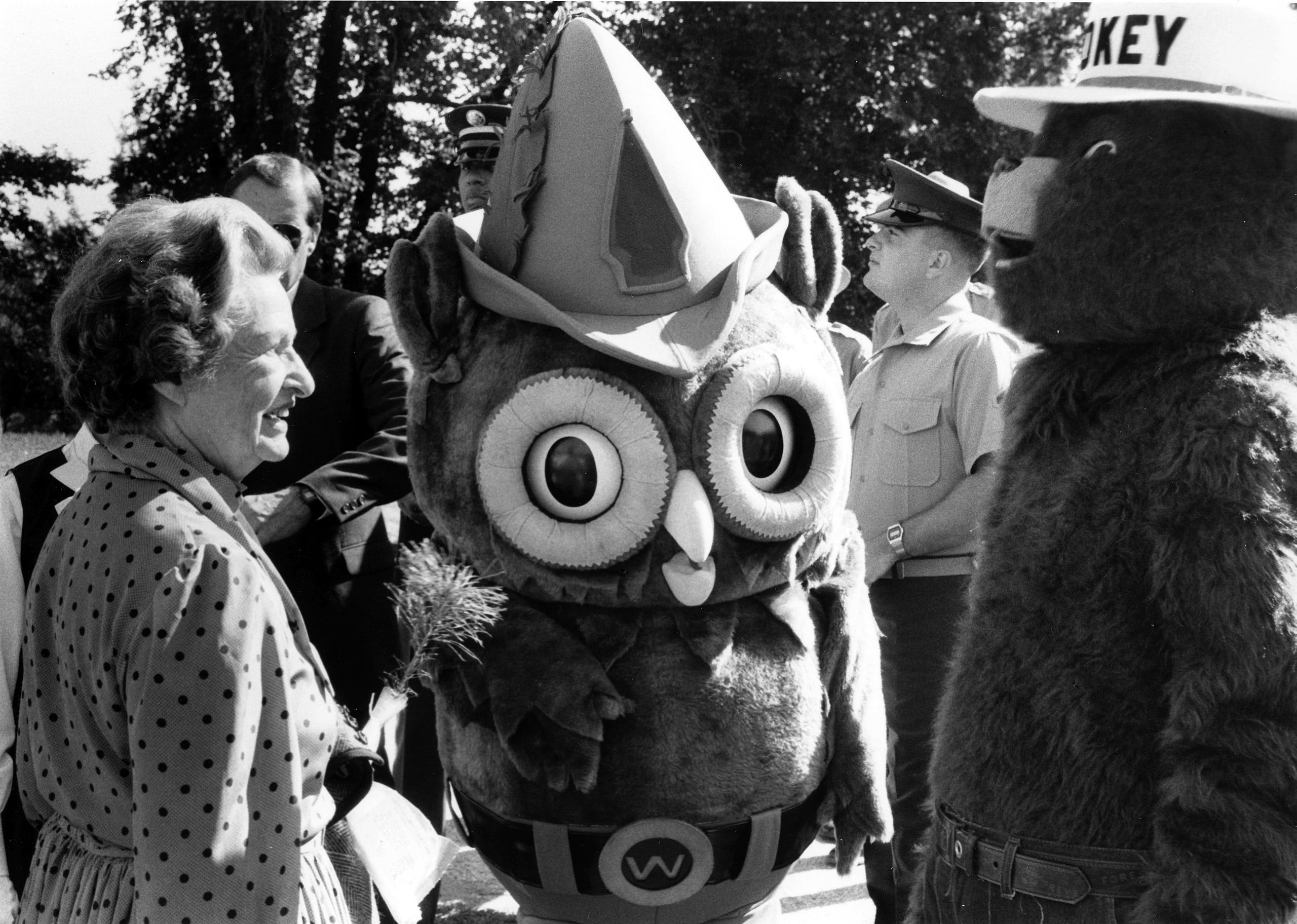
Lady Bird & The National Parks
President Johnson’s wife was also a huge supporter of America’s national parks. To highlight her support, in April of 1966, she took a trip to Big Bend National Park in Texas.
The purpose of her trip was to promote the “See America First“ campaign and to call attention to the fiftieth anniversary of the National Park Service.
The “See America First” campaign was a promotional effort that encouraged Americans to explore and vacation within their own country, particularly the national parks and natural wonders, before considering international travel. The campaign originated in the early 20th century, during a time when tourism was becoming more popular, and railroads and improved transportation networks were making travel more accessible.
The “See America First” slogan was widely used in advertisements, posters, and other promotional materials. It encouraged Americans to prioritize visiting their own country’s landmarks and destinations over traveling abroad. The campaign had a considerable impact in fostering a sense of national pride and appreciation for America’s natural and cultural heritage.
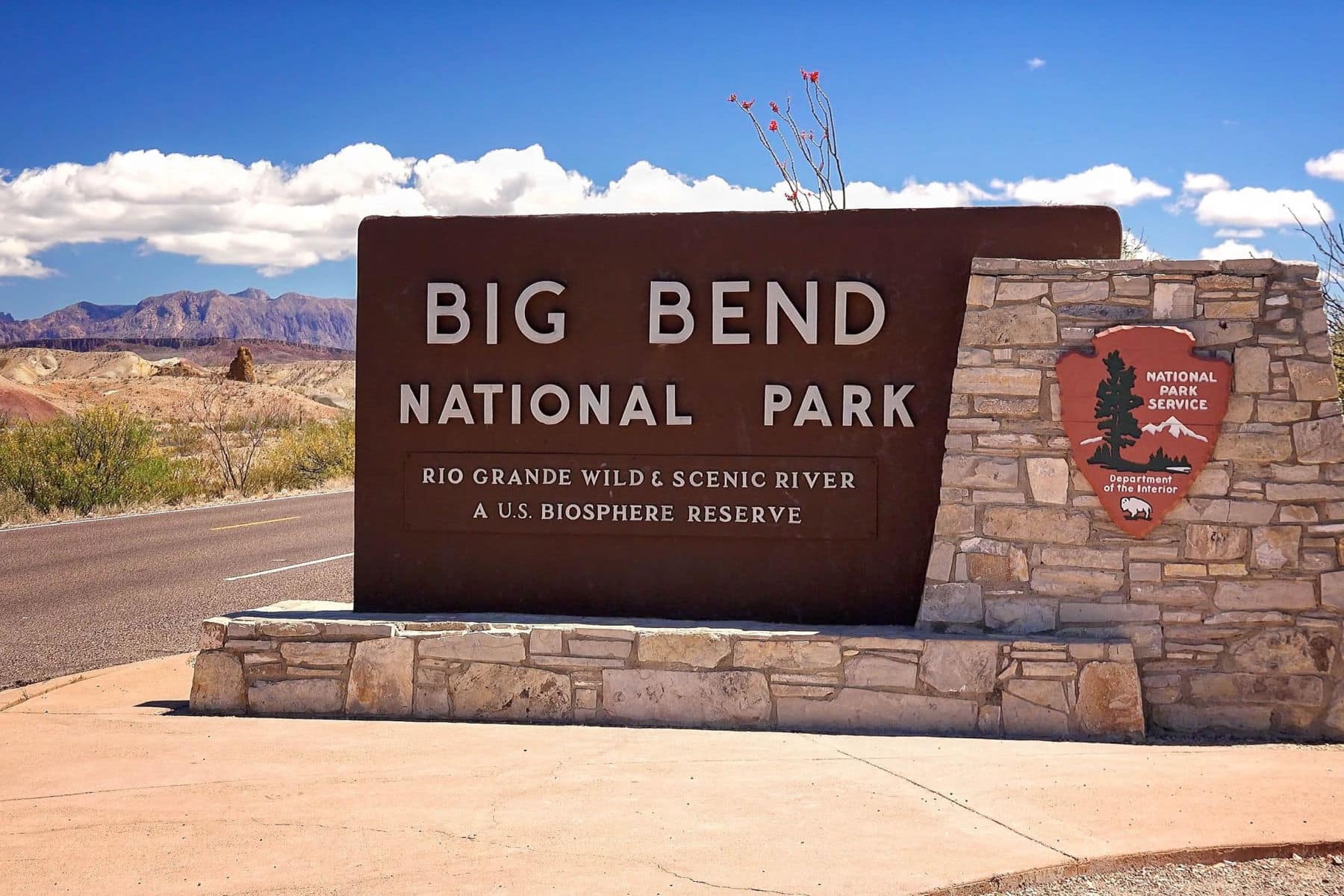
The Highlight Of Lady Bird’s Visit
The highlight of the Big Bend visit was a six-hour, eleven-mile float trip through Mariscal Canyon on the Rio Grande. Lady Bird’s traveling companions on this trip included Secretary of the Interior Stewart Udall and his wife
Her flotilla created a bit of a traffic jam as twenty-four rubber rafts drifted through the shallow (12”–24” deep) and narrow river at a speed of two miles per hour.
Back at the White House later that month, Mrs. Johnson wrote Conrad Wirth, a good friend and former director of the Park Service, about “that fabulous corner of the world.”
According to the National Park Service she recalled “watching the Sierra del Carmen mountains about sunset as we had barbecued steaks under the cottonwood trees . . . There was every hue of blue, lavender and mist color and the changing light made them look quite magical.”

CHECK OUT: Big Bend National Park Facts
The Environmental First Lady
Beautifying Washington D.C.
Lady Bird Johnson was also deeply committed to beautifying Washington D.C. during her time as First Lady. She believed that the nation’s capital should be a showcase of beauty and serve as an example for the rest of the country. Her efforts to improve the aesthetic appeal of the city led to several notable initiatives:
- The Beautification Program: In 1965, Lady Bird Johnson launched the “Beautification Program,” which sought to enhance the visual appeal of Washington D.C. and other cities across the nation. The program aimed to clean up and beautify urban areas, highways, and public spaces.
- Planting Flowers and Trees: One of the most iconic aspects of Lady Bird Johnson’s beautification efforts was her focus on planting flowers and trees throughout the city. She encouraged the planting of wildflowers along highways and in public parks, transforming many urban areas with vibrant displays of colorful blooms.
- Renovation of Pennsylvania Avenue: Lady Bird Johnson was instrumental in the renovation of Pennsylvania Avenue, one of the capital’s most famous streets. Her efforts to beautify the avenue included planting trees, adding flower beds, and enhancing the overall landscaping.
- Removal of Billboards: Lady Bird Johnson was a strong supporter of the Highway Beautification Act, which aimed to control outdoor advertising and remove billboards along the nation’s highways, including those in Washington D.C. This initiative helped improve the visual aesthetics of the city’s roadways.
- The Potomac Park Restoration: Lady Bird Johnson advocated for the restoration of the Potomac Park area, which included the famous Tidal Basin and its cherry blossom trees. Her efforts helped preserve and enhance this iconic area, which remains a major attraction during the annual National Cherry Blossom Festival.
- The White House Gardens: Lady Bird Johnson played an active role in enhancing the gardens surrounding the White House. She worked with landscape architects and gardeners to improve the grounds, making them more inviting and aesthetically pleasing for visitors.
- Promotion of Urban Beautification: Lady Bird Johnson used her platform as First Lady to promote urban beautification efforts across the country. She traveled extensively, giving speeches and engaging with local communities to encourage them to take pride in their cities and work towards making them more beautiful.
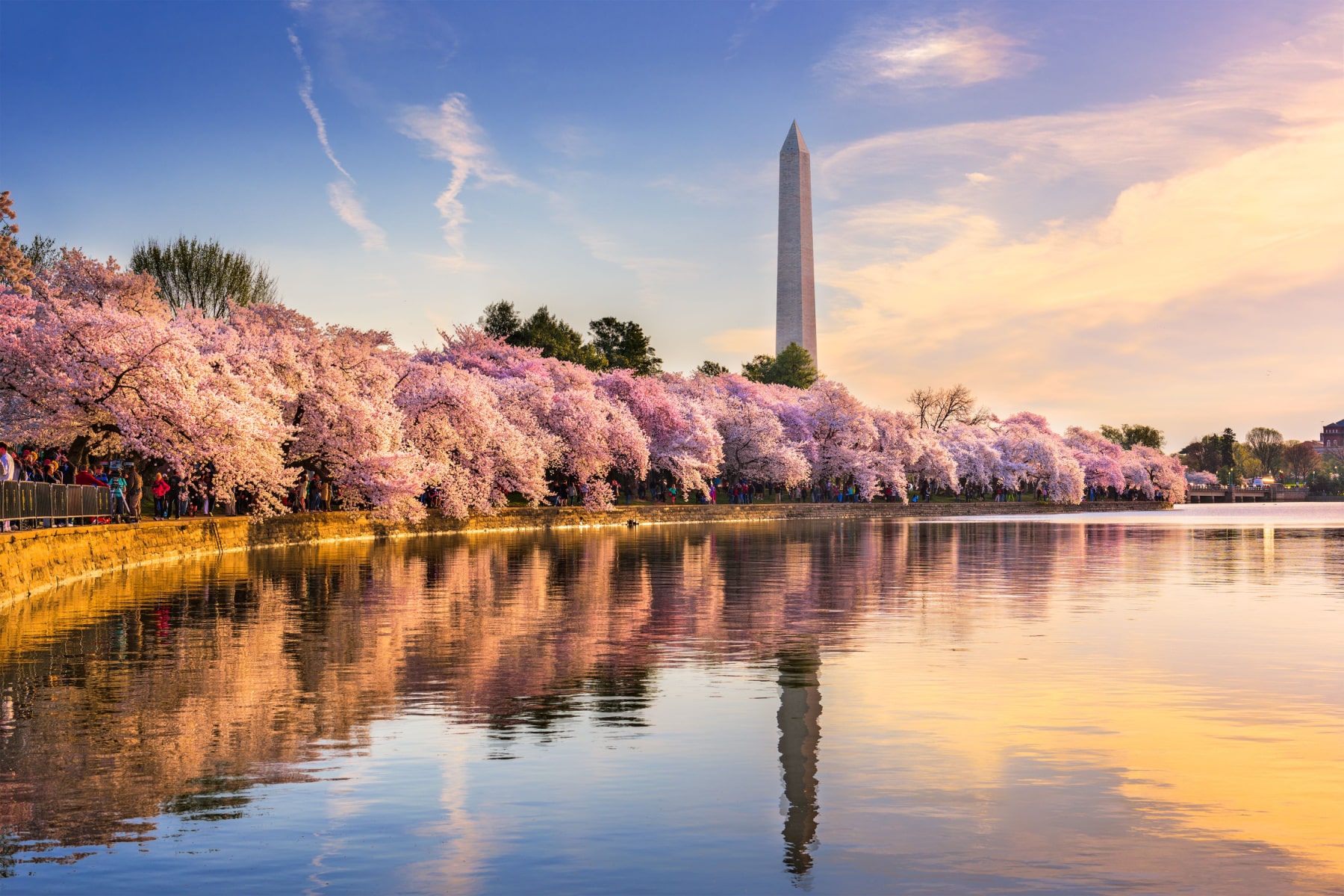
The Land & Water Conservation Fund
Another initiative which Lady Bird played an important role in was the establishment of the Land & Water Conservation Fund (LWCF). It was established by the United States Congress in 1965 to protect and preserve important natural areas, water resources, and cultural heritage sites.
Its primary goal is to provide funding for the acquisition, conservation, and development of public lands and waters for the benefit of present and future generations.
The LWCF supports a wide range of projects aimed at conserving natural landscapes, protecting wildlife habitats, preserving cultural sites, and enhancing outdoor recreational opportunities. This includes acquiring land for national parks, wildlife refuges, forests, and recreation areas.
One of the primary goals of the LWCF is to expand access to outdoor recreation opportunities for all Americans. By supporting the creation and improvement of parks, trails, and recreational facilities, the fund aims to enhance public enjoyment of the outdoors.

Lady Bird Johnson Grove
In 1969, California Senator George Murphy introduced a bill in Congress to create the Redwood National Park, aiming to protect the remaining stands of ancient redwood forests in the region.
Lady Bird Johnson played an instrumental role in supporting the legislation, and, in October of 1969, President Richard Nixon signed the bill into law, establishing Redwood National Park.
To honor Lady Bird’s commitment to environmental conservation and her role in the establishment of the national park, the old-growth redwood grove was named the “Lady Bird Johnson Grove.”
This naming recognized her contributions and sought to inspire future generations to appreciate and protect these majestic trees.
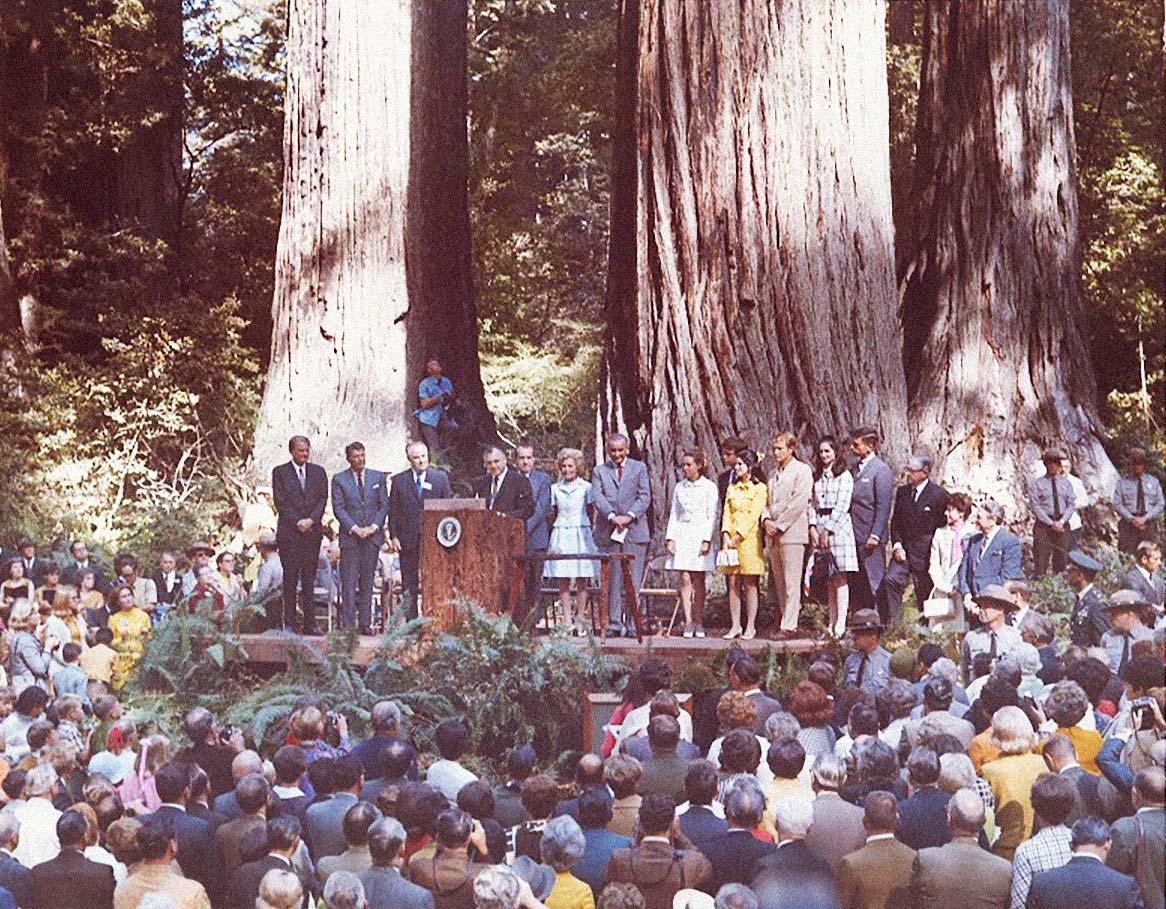
Facts About The Lady Bird Johnson Grove
The Lady Bird Johnson Grove is situated along the Newton B. Drury Scenic Parkway, a road that runs through the park and offers breathtaking views of the redwood forest.
The grove contains some of the most magnificent and ancient coast redwood trees in the entire park, with some of them estimated to be over 1,000 years old and reaching heights of more than 300 feet.
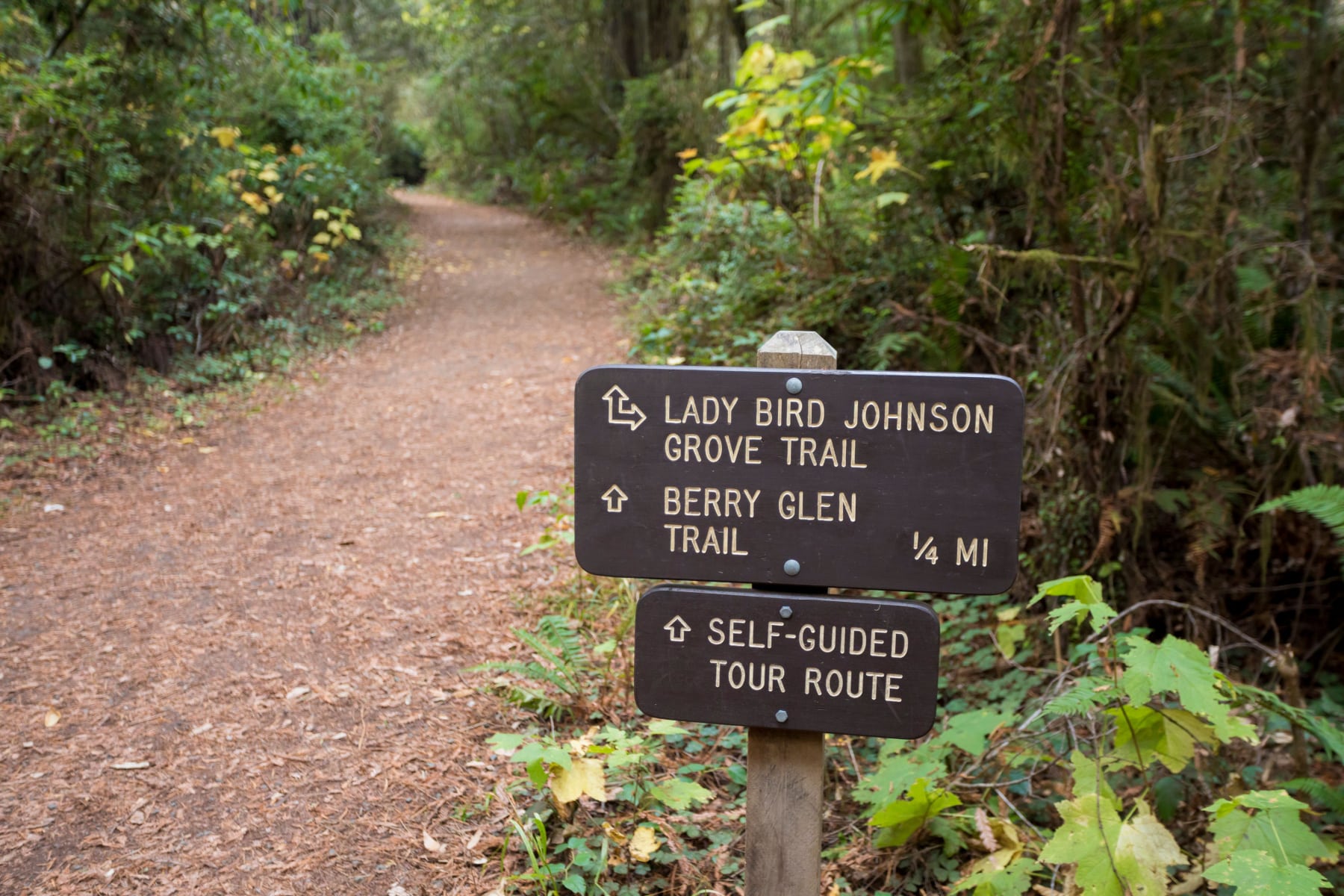
The grove is accessible to visitors through a short, paved loop trail that allows them to experience the awe-inspiring grandeur of the redwood trees up close. Interpretive signs along the trail provide information about the grove’s ecology, the importance of redwood forests, and Lady Bird Johnson’s legacy in environmental conservation.
Since its establishment, the Lady Bird Johnson Grove has been protected as part of Redwood National and State Parks, ensuring its preservation for future generations to enjoy.
The grove remains an essential site for research and education, showcasing the ecological significance of old-growth redwood forests and the importance of preserving such areas for their biodiversity and natural beauty.

CHECK OUT: 12 FASCINATING Facts About Redwood National Park Facts
The Environmental First Lady
The National Wildflower Research Center
After Lyndon Johnson left office in 1969, his wife continued to pursue her environmental passion. Starting in 1969, she encouraged the beautification of Texas highways personally by giving awards to the highway districts that used native Texas plants and scenery to the best advantage.
Her focus was on the ecological advantages as well as the beauty of native plants – a passion that would lead her to create the National Wildflower Research Center in 1982 on the occasion of her 70th birthday.
Known as The Lady Bird Johnson Wildflower Center, its primary mission is to promote the use and preservation of native plants, especially wildflowers, to enhance the natural beauty and sustainability of landscapes. It aims to raise public awareness about the importance of conserving native plants and their role in supporting local ecosystems and wildlife.
The center plays a significant role in conserving endangered and rare plant species by collecting, propagating, and reintroducing them into their natural habitats. Through research and collaboration with various institutions, the center seeks to better understand native plant species, their ecological significance, and their potential for landscaping and habitat restoration.
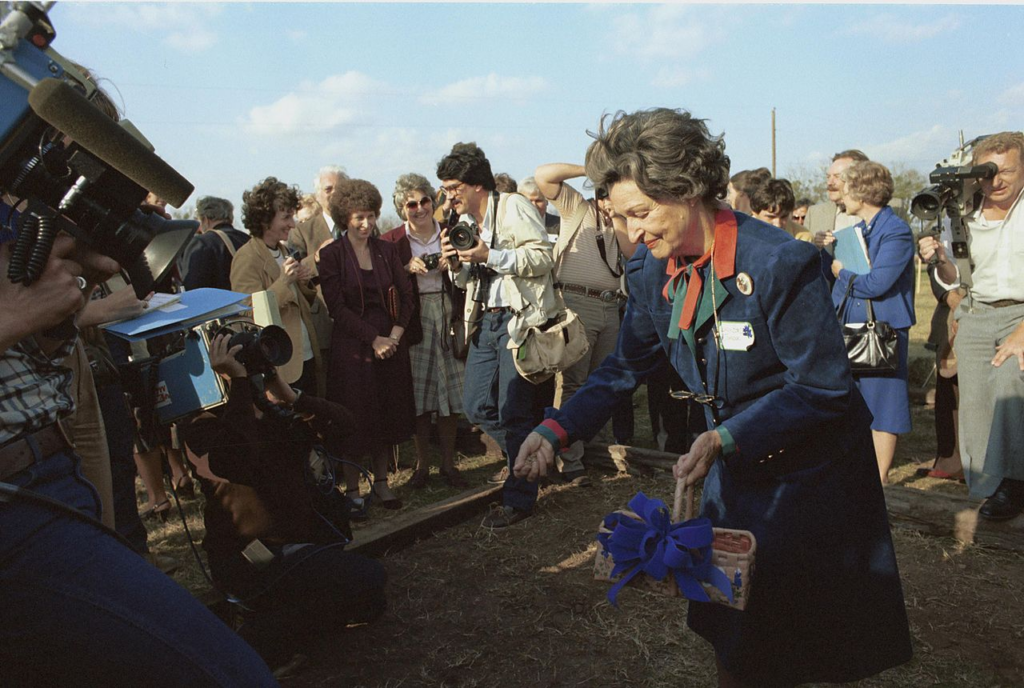
Lady Bird’s Legacy
As Lewis Gould notes, the best testament to the effectiveness of Lady Bird Johnson as First Lady was her accomplishments for the environment. Her work for beautification of Washington D.C. provided a major stimulus to the improvement of the nation’s capital.
Around America, she encouraged Americans to take similar actions in their communities. She served as a crucial catalyst in a campaign to reduce roadside blight.
She also worked tirelessly with her husband, President Johnson, to help bring about other major legislative initiatives including: The Wilderness Act of 1964, The Land and Water Conservation Fund, The Wild and Scenic Rivers Program and many additions to the National Park system, a total of 200 laws relevant to the environment.
As a First Lady, she ranks, along with Eleanor Roosevelt, as one of the most significant innovators in the history of the institution. She developed the role of the First Lady and was the first to actually participate in policy discussions. She also built a professional staff which served as the forerunner for the staffs of her successors.

And Her Place In History?
The Siena Research Institute Survey asks history professors at America’s colleges and universities to rank each woman who has been a First Lady, on a scale of 1-5, five being excellent, in ten separate categories.
Categories include: value to the country, leadership, being her own woman, intelligence, accomplishments, public image and value to the president.
In 1982, Lady Bird Johnson ranked #3 in their prestigious survey trailing only Eleanor Roosevelt and Abigail Adams.
As Scenic America notes, “Lady Bird Johnson was a hero to Scenic America and the entire scenic conservation movement. Through her advocacy, she was instrumental in promoting the Highway Beautification Act (HBA), which first inspired, and continues to inspire Scenic America’s work. There has not been a First Lady as attuned to nature and the importance of conserving the environment as Lady Bird.”
Overall, Lady Bird’s legacy is one of environmental stewardship, social engagement, and advocacy for the improvement of public spaces and communities. Her contributions continue to inspire efforts to conserve natural resources, protect wildlife habitats, and beautify urban environments for the benefit of future generations.

About The People Behind More Than Just Parks
We’re Jim Pattiz and Will Pattiz, collectively known as the Pattiz Brothers (and sometimes as the “Parks Brothers”).
You should probably know that we don’t just make this stuff up out of thin air. We absolutely LOVE America’s public lands and have spent our entire adult lives bringing these places to life through our amazing short films.
We’ve worked with the National Park Service, the Department of Interior, USDA, U.S. Forest Service, and more for years creating films on important places and issues. Our work has been featured in leading publications all over the world and even some people outside of our immediate family call us experts on the national parks.
And, in 2018, our father – having spent a lifetime teaching history – joined us so that he could help us to tell the incredible stories behind these amazing places.
Meet The Parks Brothers
We Hope You’ll Follow Our Journey

Our goal here at More Than Just Parks is to share the beauty of America’s national parks and public lands through stunning short films in an effort to get Americans and the world to see the true value in land conservation.
We hope you’ll follow our journey through the parks and help us to keep them the incredible places that they are. If you’re interested in joining the adventure then sign up below!
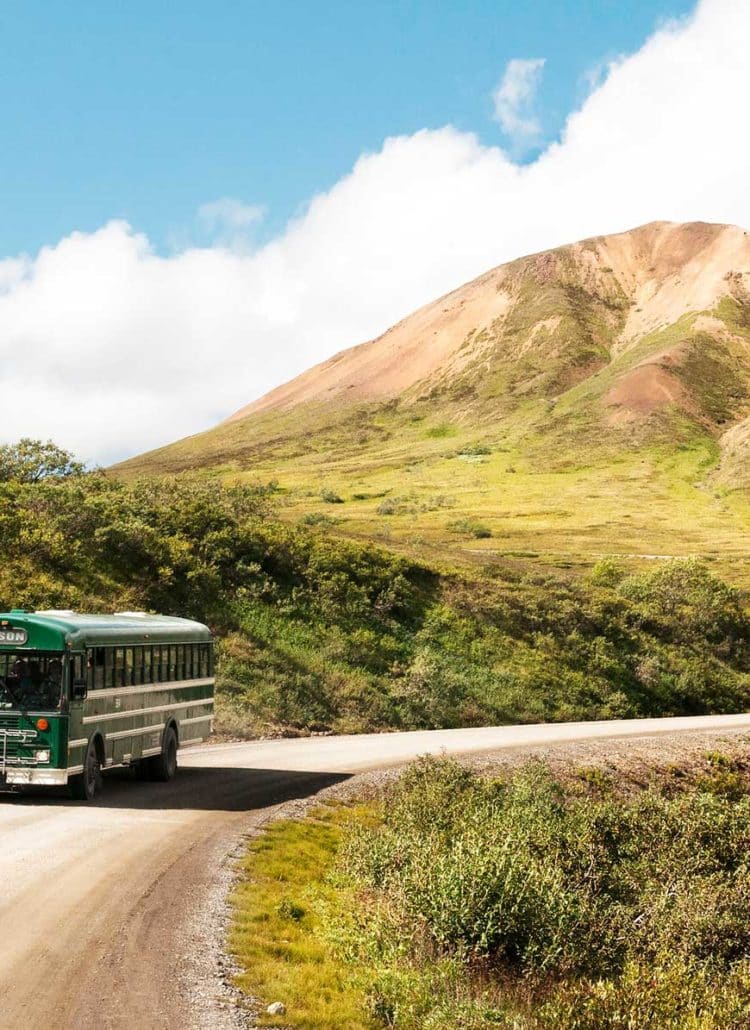
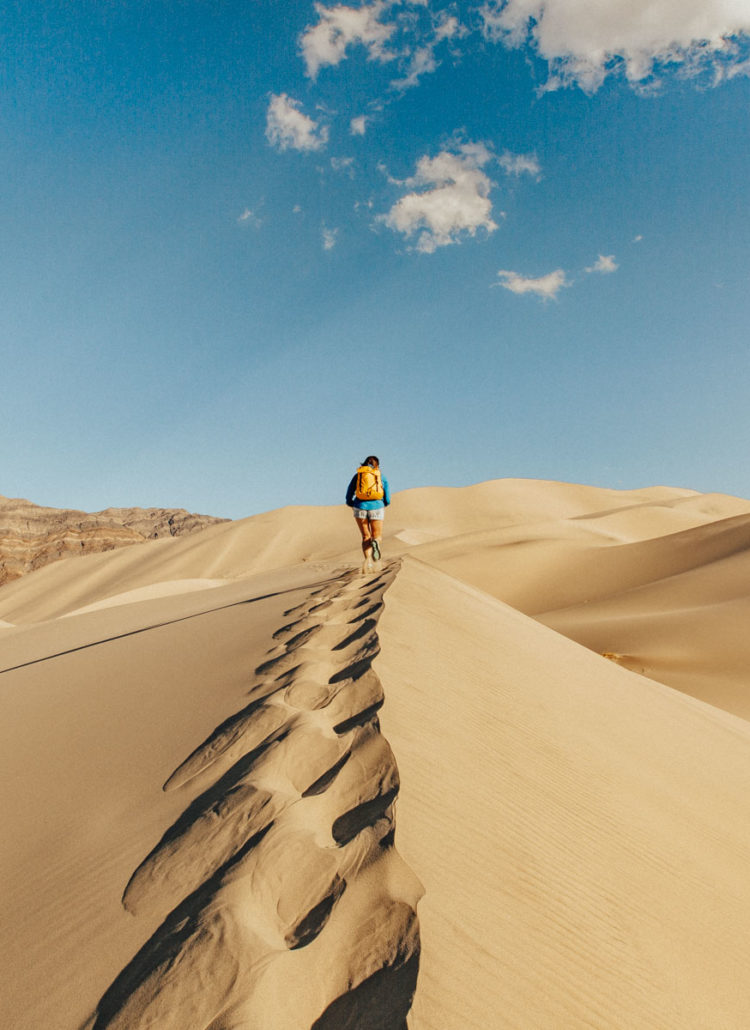
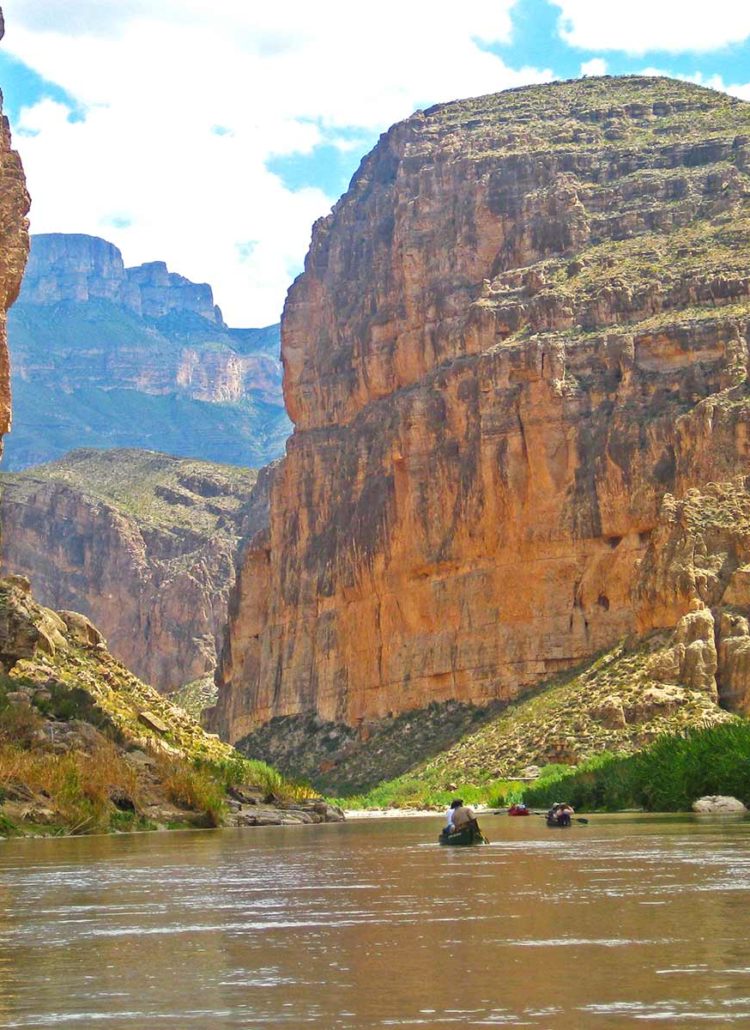
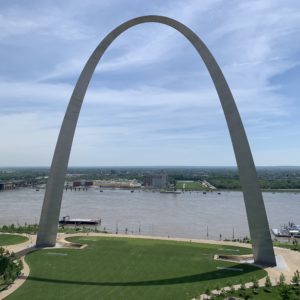

Leave a Reply